So rational is the square that its metaphoric use tends to be at best prosaic, at worst derisory: the description of a
design as “boxy” is rarely invoked as a compliment. Being branded “a bit of a square” is the classic insult leveled at
the shy and unadventurous. The square is useful. We rely on squares and grids as instruments to measure areas
and order information, to generate structure and organize disparate constituents. The square is technical, uniform,
a symbol of methodical thought. They are very familiar and trusted shapes and suggest total honesty. They have
right angles and represent order, mathematics, rationality and formality. Squares suggest conformity, peacefulness,
solidity, security and equality (Hampshire, 2007).

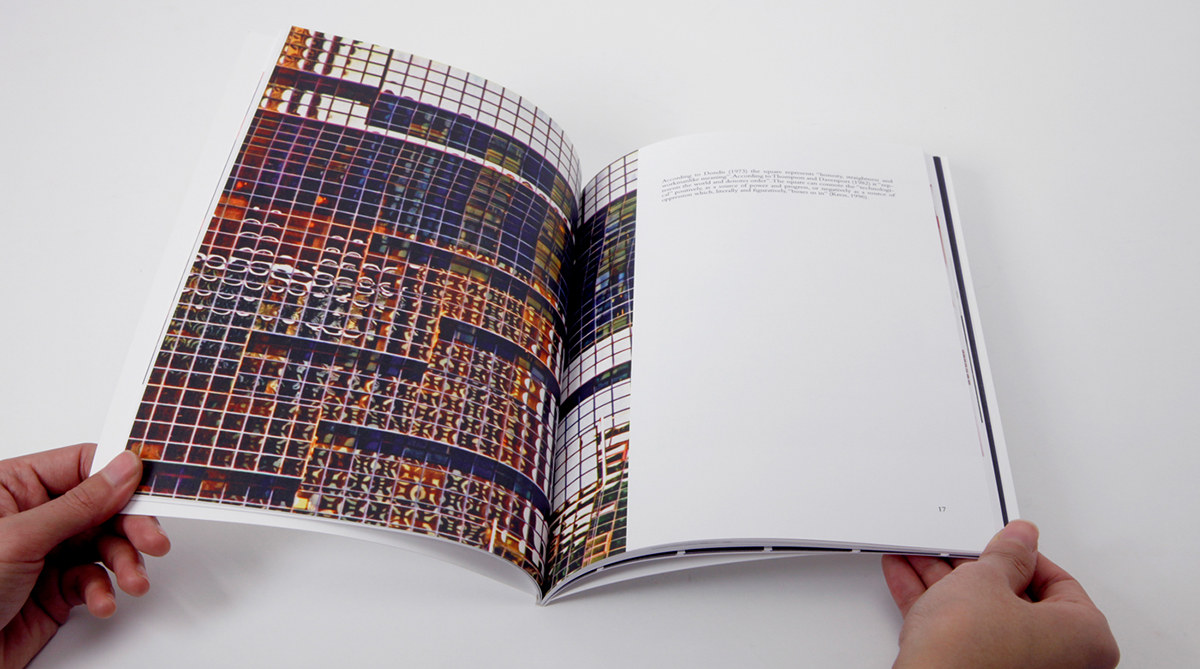
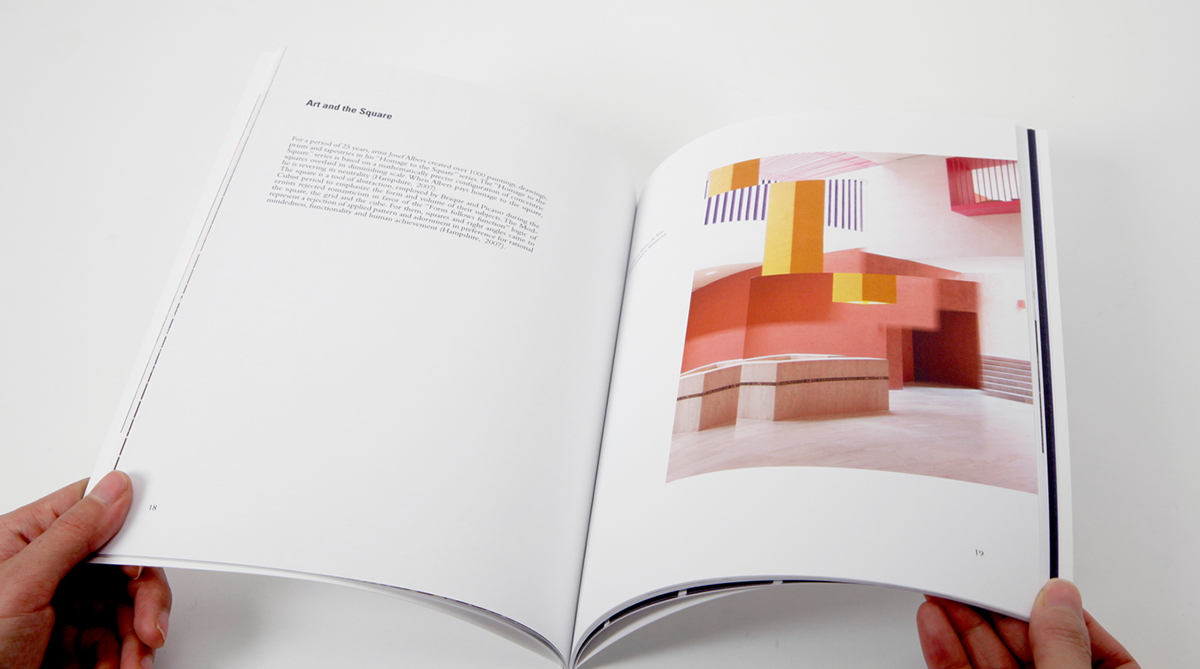
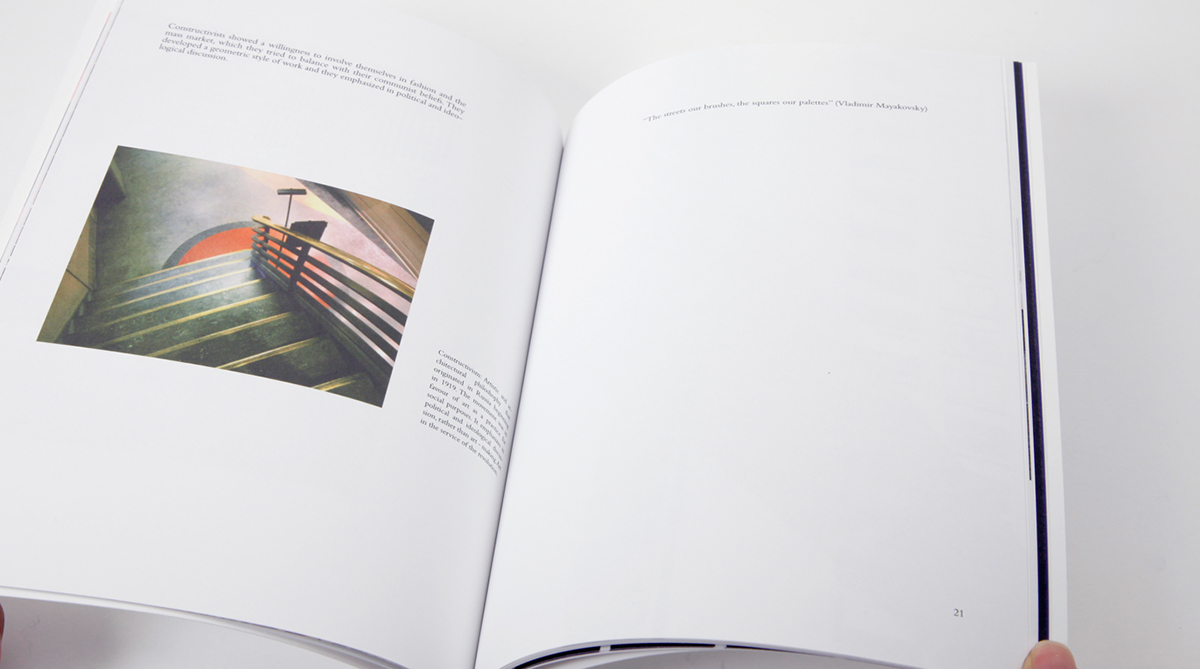
The streets our brushes, the squares our palettes
Constructivists showed a willingness to involve themselves in fashion and the mass market, which they tried
to balance with their communist beliefs. They developed a geometric style of work and they emphasized in
political and ideological discussion.
In 1923, Kandinsky circulated a questionnaire at the Bauhaus, asking respondents to fill in a triangle,
square and circle with the primary colors. He hoped to discover a universal correspodence between form
and color (Yellow Triangle, Red Square, Blue Circle) (Bennett, 2006). Since most students answered red for
the square, that made me think the Red Square in Russia and hence, the relationship between the square,
art, urban spaces and politics.
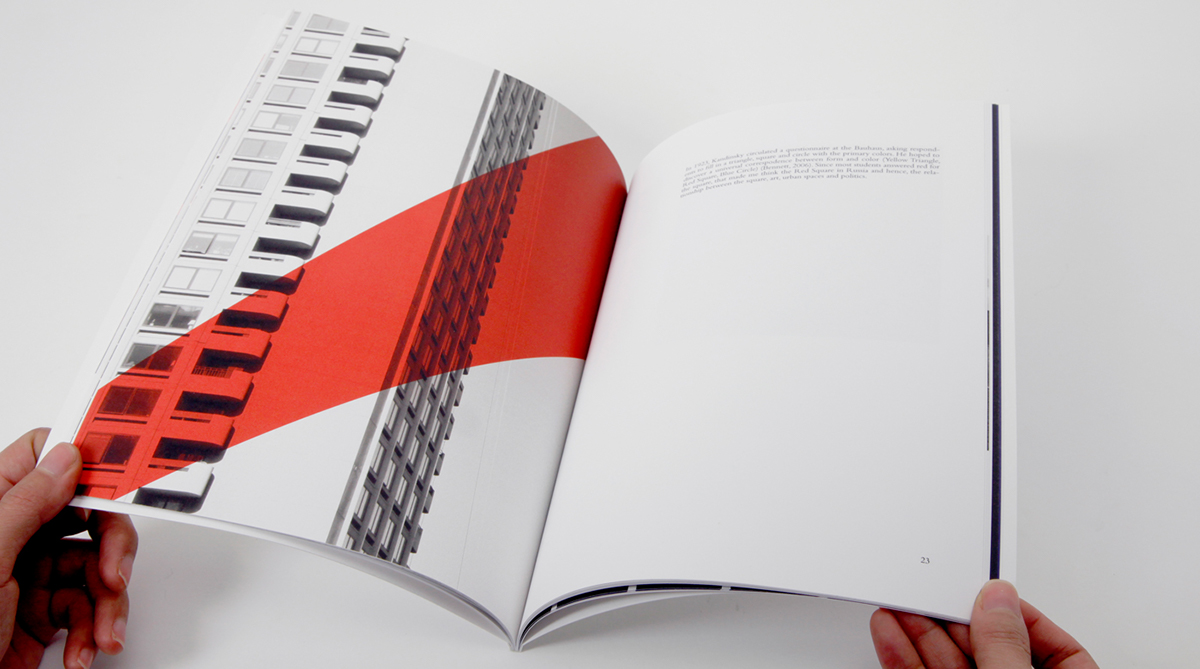

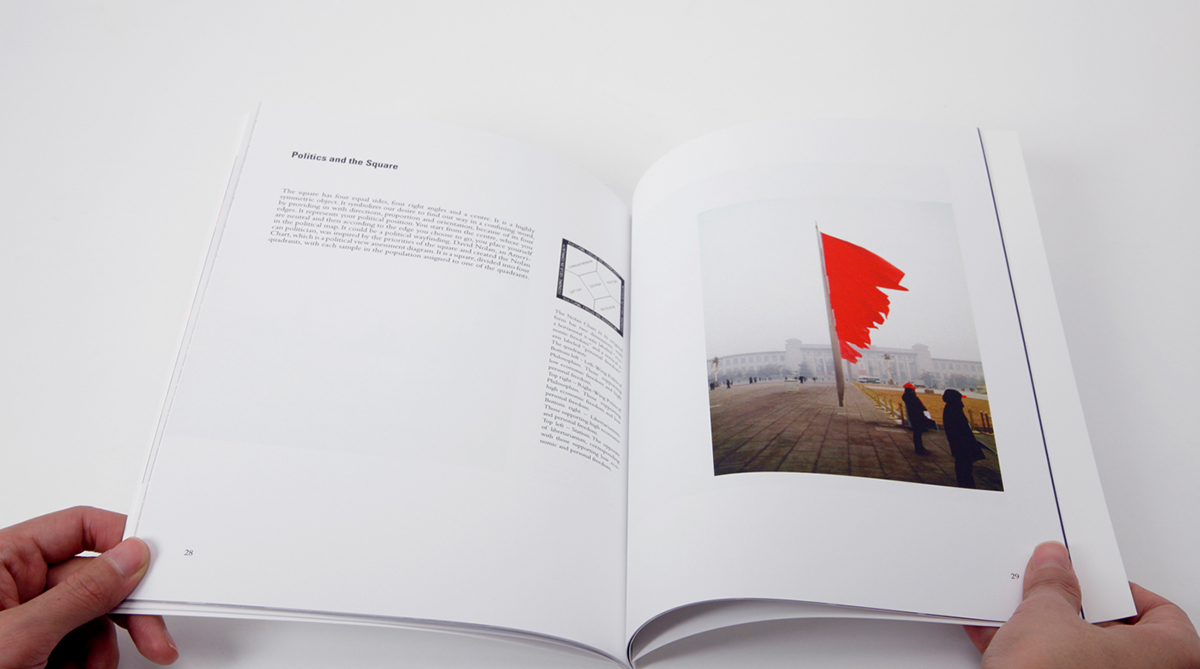
Politics and the square
The square has four equal sides, four right angles and a centre. It is a highly symmetric object. It symbolizes our
desire to find our way in a confusing world, by providing us with directions, proportion and orientation, because of
its four edges. It represents your political position. You start from the centre, where you are neutral and then
according to the edge you choose to go, you place yourself in the political map. It could be a political wayfinding.
David Nolan, an American politician, was inspired by the priorities of the square and created the Nolan Chart,
which is a political view assessment diagram. It is a square, divided into four quadrants, with each sample in
the population assigned to one of the quadrants.
This output shows some parts of manifestos of different political parties and ideologies, that are placed into a
square shape. The colors used, are the colors that represent each political party and ideology respectively.
It is a 12-sheet newspaper, sized 289 x 380 mm.







